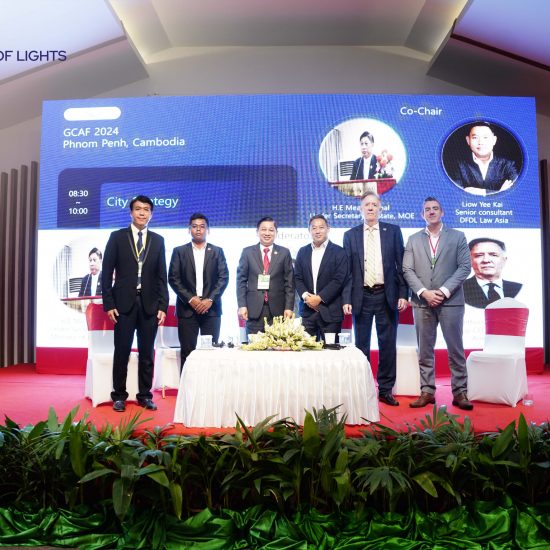
MUMBAI: There is still some way until India’s dependence on imports of active pharmaceutical ingredients (APIs) and intermediates from China reduces, but the growth rate of imports has come down.
While the production-linked incentive (PLI) scheme for bulk drugs (APIs) has boosted local production of some key APIs here, industry insiders say it would take at least 5-7 more years before India can see tangible results on the ground.
Data from the Pharmaceutical Exports Promotion Council (Pharmexcil) shows India imported $3.18 billion worth of APIs and intermediates from China in 2022-23, up 1.74 per cent from previous year. In 2021-22, India had imported $3.12 billion worth of APIs and intermediates from China, which was up 19.5 per cent from 2020-21. Therefore, the rate of growth has slowed down, but the imports still continue at similar levels.
On the other hand, India’s imports of bulk drugs and intermediates from the world (overall) came down by 4.54 per cent to $4.5 billion. This is in contrast to the previous year when they had grown by almost 23 per cent to $4.7 billion.
Uday Bhaskar, director general of Pharmexcil, told Business Standard: “The effect of the PLI scheme-induced production capacity of bulk drugs would take another few years to show results on the ground.”
Sudarshan Jain, secretary general of the Indian Pharmaceutical Alliance (IPA), which represents India’s top drug makers, said: “India has taken an integrated approach towards reducing dependence for API and KSM imports from China, and increasing local production. The scheme has started showing results, but it would take 5-7 years to reduce overall dependence. The diversified supply chain is fundamental for health care security going forward.”
The domestic pharma industry, however, pointed out that the reduction in imports has started for specific products.
Before the PLI scheme was introduced, there was only one plant making Para Amino Phenol (used to make paracetamol), said Viranchi Shah, president of the Indian Drug Manufacturers Association (IDMA) that represents the small and medium pharma companies.
“We were highly dependent on China for this very important drug, which was used widely during the Covid pandemic. Now, at least three-four plants are making para-amino-phenol,” he said.
China also changes the prices of key material and bulk drugs and other chemicals when it sees that local production in India has gone up, said industry insiders.
“So, once we have the local production base for key products, then Indian pharma players can slowly reduce the dependence on China,” Bhaskar said.
Another industry veteran pointed out that China had started early. “They gave incentives in the form of power, land, and other subsidies to their chemical industry about 30-40 years back. We have grown dependent on them for the last 30 years, and we launched our PLI scheme only in 2021. So, it will take time,” he said.
Some industry insiders said once the production base was ready in India, the Centre can think of tariff barriers to incentivise the formulation makers to buy from domestic players. As such, there is a 25-30 per cent price premium when bought locally.
As of February, around 22 projects to make key APIs came up under the PLI scheme. These units have a total installed capacity in excess of 33,000 tonnes.
These companies are making some key bulk drugs like para-amino-phenol, Atorvastatin (to make cholesterol drug), common antibiotic APIs like Sulfadiazine, Levofloxacin, Norfloxacin and Ofloxacin, vitamin APIs, common hypertension drugs like valsartan, and antivirals like lopinavir (for HIV positive patients). Companies like Meghmani LLP and Sadhana Nitro Chem have set up installed capacities of 13,500 tonnes and 12,000 tonnes for paracetamol API para-amino-phenol. Hetero has set up capacities to make four APIs.
The pharmaceuticals department rolled out a PLI scheme for bulk drugs with an outlay of Rs 6,940 crore. The incentive rates being offered under the scheme are 20 per cent for the first year, 15 per cent for the fifth year, and 5 per cent for the sixth year. The idea is to reduce dependence on Chinese imports.
In February, the Ministry of Chemicals and Fertilisers had said in a statement that 51 projects had been selected for 34 notified bulk drugs. “Against a committed investment of Rs 4,138 cr over the scheme period of six years, Rs 2,019 crore have been reported so far and the remaining will be realised in the coming year,” it said.
While the total amount disbursed under the bulk drug PLI is not known, industry insiders peg it to be less than Rs 100 crore. Under the PLI for pharmaceutical formulations, a separate scheme, the government had disbursed Rs 166 crore as of February.
Deepak Jotwani, senior analyst, ICRA had told Business Standard in April that through the API scheme, India’s dependence on Chinese imports should reduce by 25-30 per cent in the next 4-5 years.
Source: Business Standard
The post Bulk Drug Imports From China Slow, Shows Data first appeared on Latest India news, analysis and reports on IPA Newspack.





